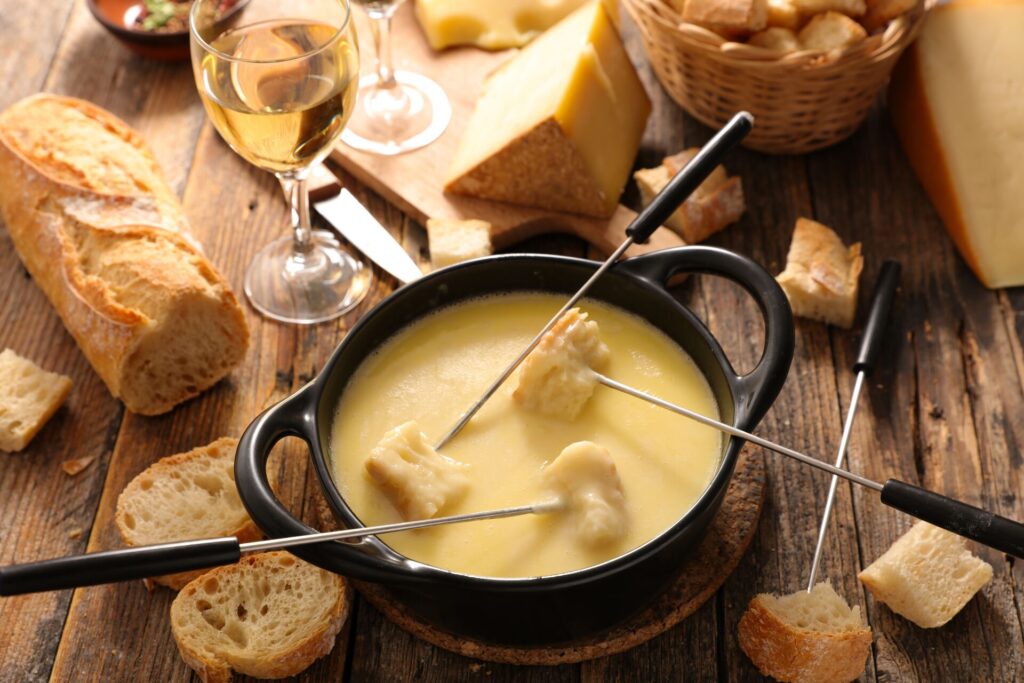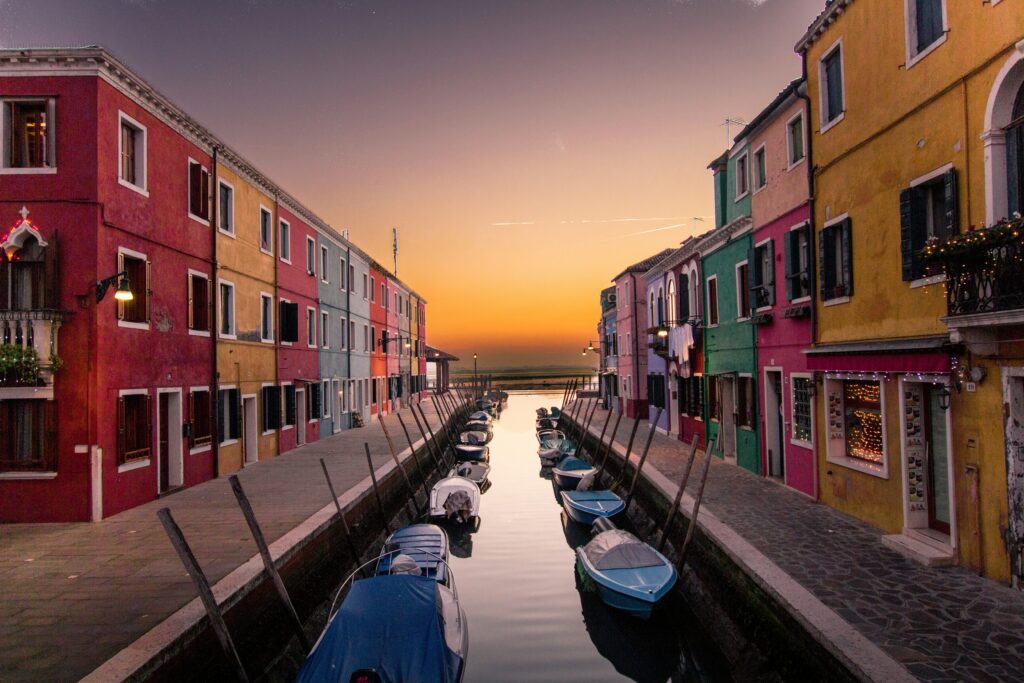Here, as you meander the vineyards and explore historic wine cellars, there is one famous producer of Port Wine that takes center stage – Sandeman. Famed for its exceptional quality, taste and innovation, throughout its history Sandeman has played a pivotal role in the promotion and popularization of Portugal’s oldest wine.
We had the pleasure of talking to Luís Sottomayor, Sogrape Head of Winemaking for Douro & Port Wines, who tells us that it “all starts in nature”. Hear about Sandeman, the importance of the grapes, how the brand stays current and pick up some Port Wine tasting tips.
Test your knowledge on Spanish cities and other worldwide destinations in our Insightful Travel Trivia Quiz. Play weekly for the chance to win fabulous prizes.
Taste the best of Sandeman on: Best of Spain & Portugal
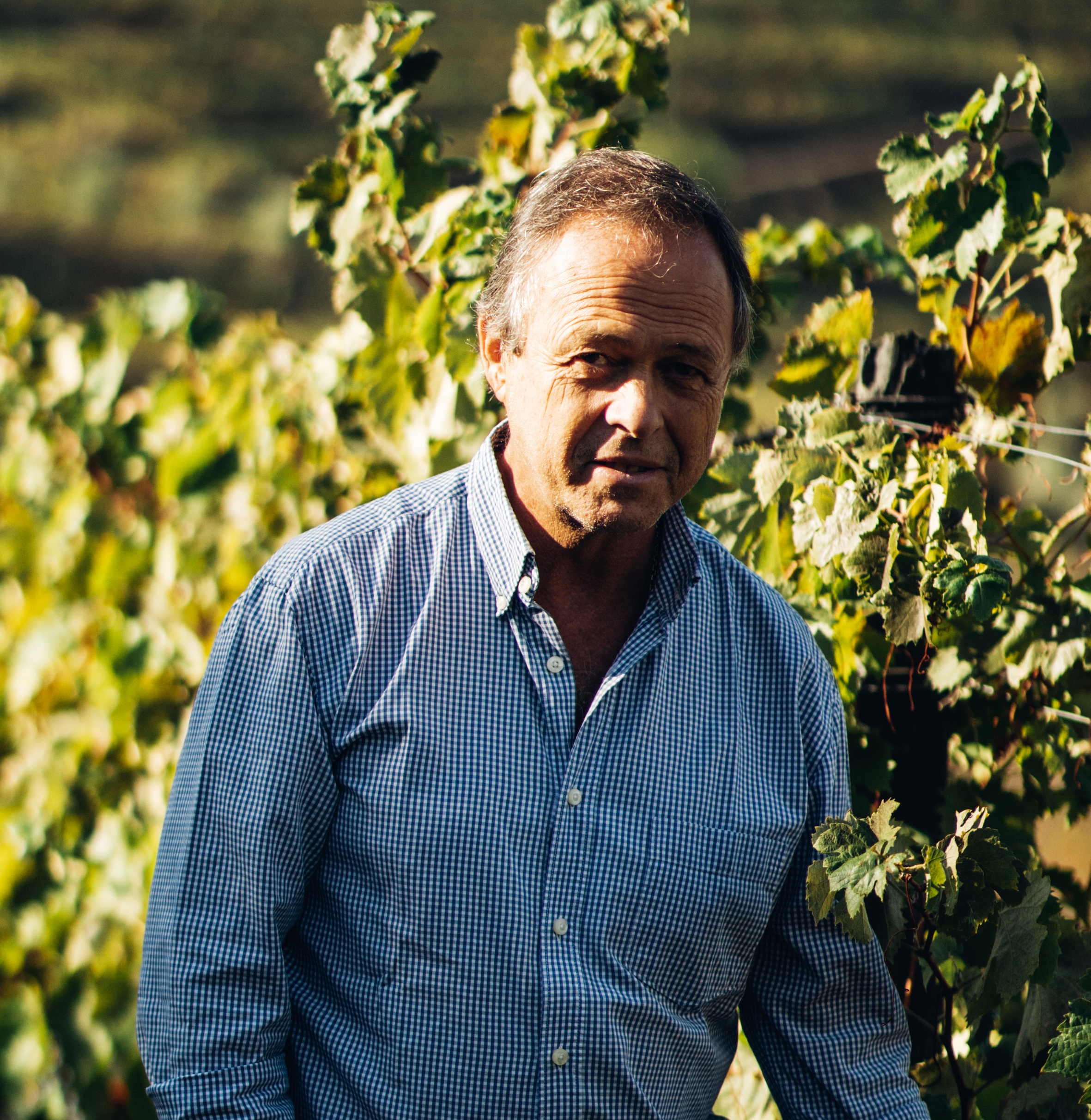
The ‘Don’
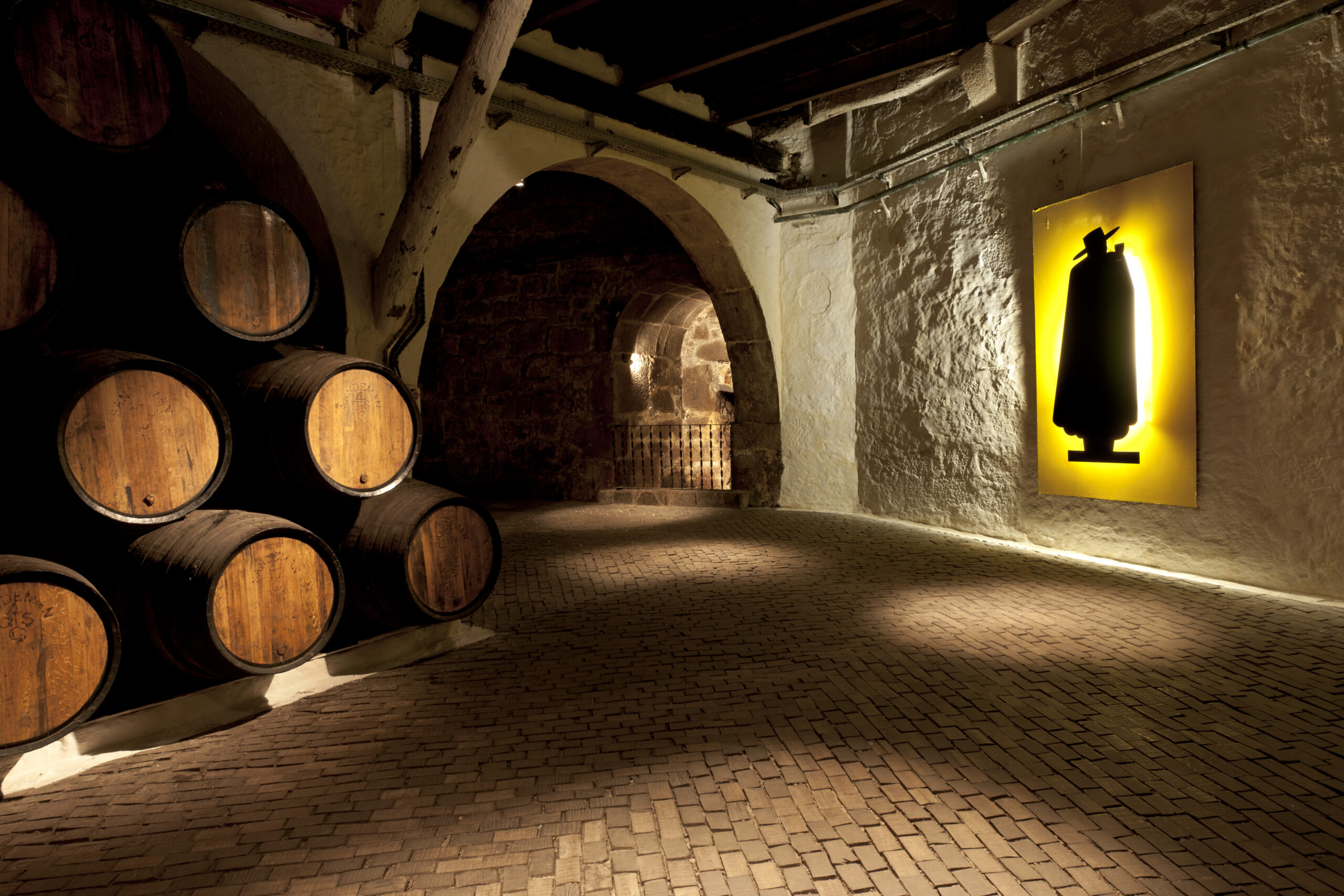
An industry leader, the company’s founder George Sandeman was one of the first wine merchants to brand casks with his initials and subsequently to label his casks with a unique branding. Sandeman was also one of the first Port Wine makers to label bottles and advertise its wines.
For travel inspiration: Portugal destination guide
A brief history of port wine
The close relationship between Portugal and Britain can be traced back to the Middle Ages when trade between the two nations began to flourish. Portugal, with its warm climate and fertile soil, led the way in wine production, drawing attention from British merchants and consumers.
You may be interested to read: 9 reasons why Best of Spain & Portugal is a simply unmissable tour
Methuen Treaty (1703)
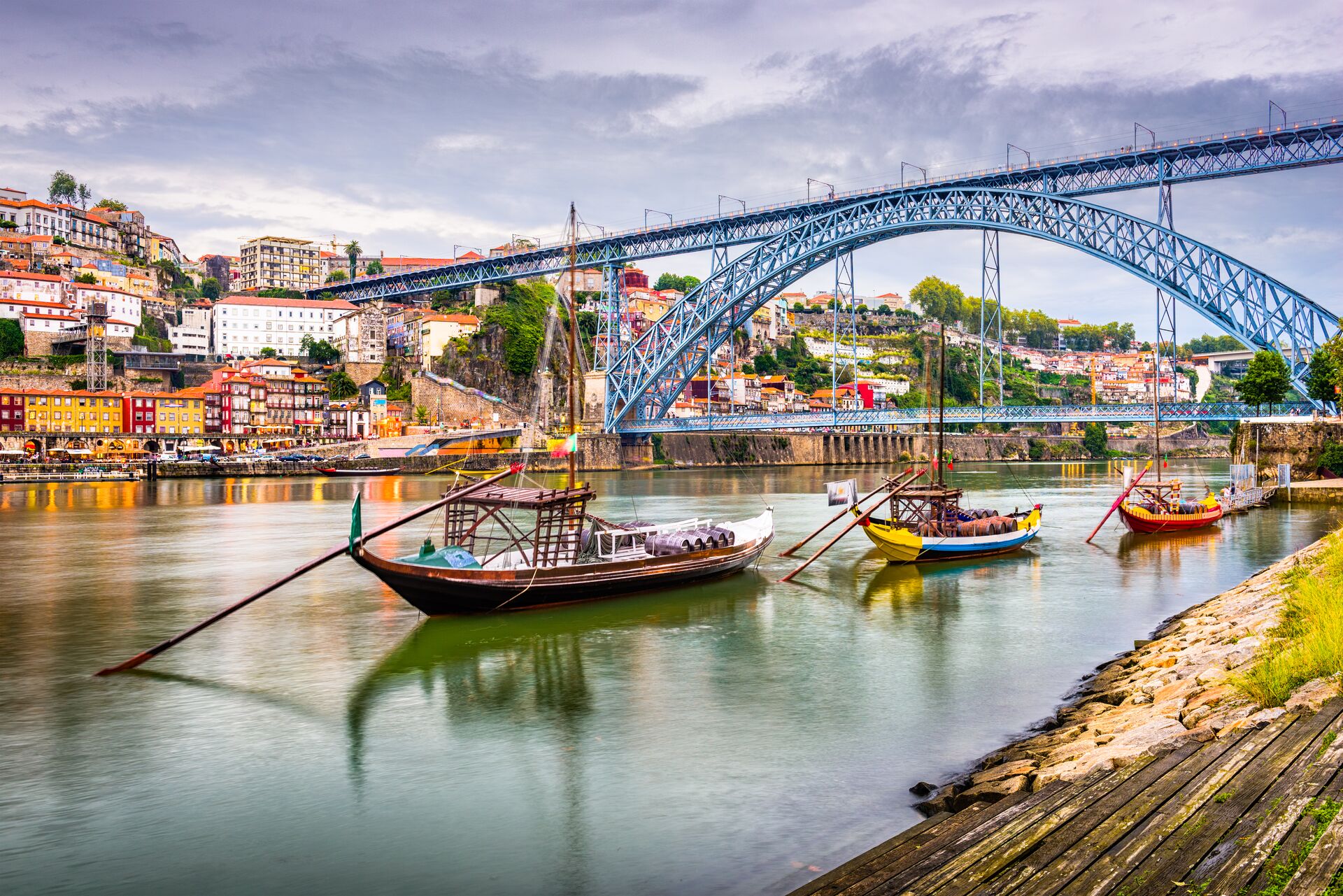
The Methuen Treaty, signed in 1703 between England and Portugal, was a historic trade agreement. It primarily benefited England by allowing for the importation of Portugal’s oldest wine at lower duties in exchange for English woolens. This treaty significantly boosted the Portuguese wine industry but came with economic implications and political consequences.
You may also be interested to read: Planning the perfect Porto trip: unmissable sights and museums
Fortification for long-distance travel
A key innovation in Port Wine’s development was the addition of wine brandy, a distilled spirit, to the wine. This practice, known as fortification, had the dual benefit of increasing the wine’s alcohol content (which acted as a preservative) and leaving residual sweetness in the wine. This made the wine robust enough to withstand long sea voyages without spoiling and made the taste more appealing to British consumers.
Today, Port producers use wine brandy during fermentation, rather than after completion, to sweeten and fortify the wine. So, the Port we know today is somewhat different from the original wine fortified 200-odd years ago, but this innovation played a significant part in the success of Portugal’s oldest wine.
Read more: A fortunate accident: How the British discovered Port Wine
Sandeman and The Douro Valley
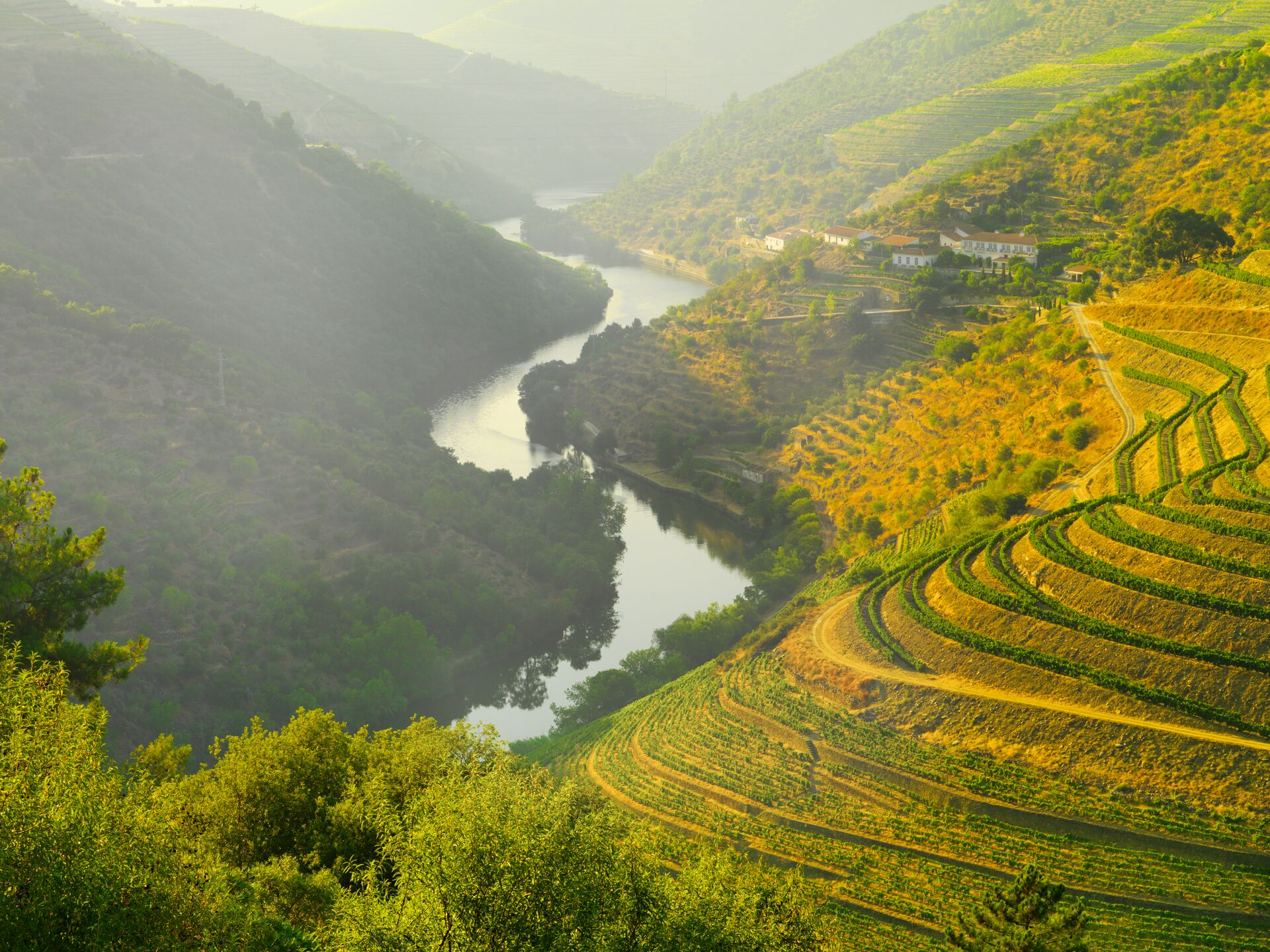
Located in northern Portugal, the Douro Valley is today a stunning UNESCO-listed wine region renowned for its terraced vineyards that line the steep slopes along the Douro River. The region’s rugged terrain, Mediterranean climate, and schist soil create optimal conditions for grape cultivation.
In the 19th century, under the leadership of George’s sons, George Jr. and John, Sandeman expanded its presence in the Douro Valley, purchasing its own vineyards and estates. They became known for their innovative winemaking techniques, including the use of aging cellars and blending to create distinctive Port styles. Throughout history, Sandeman has continued to thrive, becoming a global brand and industry leader of Portugal’s oldest wine.
“The Douro is a unique region,” says Luís. “Every nook and cranny has its particularities and special details, giving birth to fantastic grapes that produce different styles of wines, but always with extraordinary quality.
“Due to the experience and knowledge that we keep gaining through time, we know how to obtain the maximum potential of each plot and each variety.”
You may also enjoy reading: All the ways you’ll experience the Insight difference when you travel to Portugal
Exceptional grapes are the secret to success
While Sandeman does own vineyards and quintas, the majority of Port Wine production in the Douro Valley involves a cooperative system. Many producers, including Sandeman, source their grapes from local growers and vineyards, as well as from their own properties.
Distinctive flavors
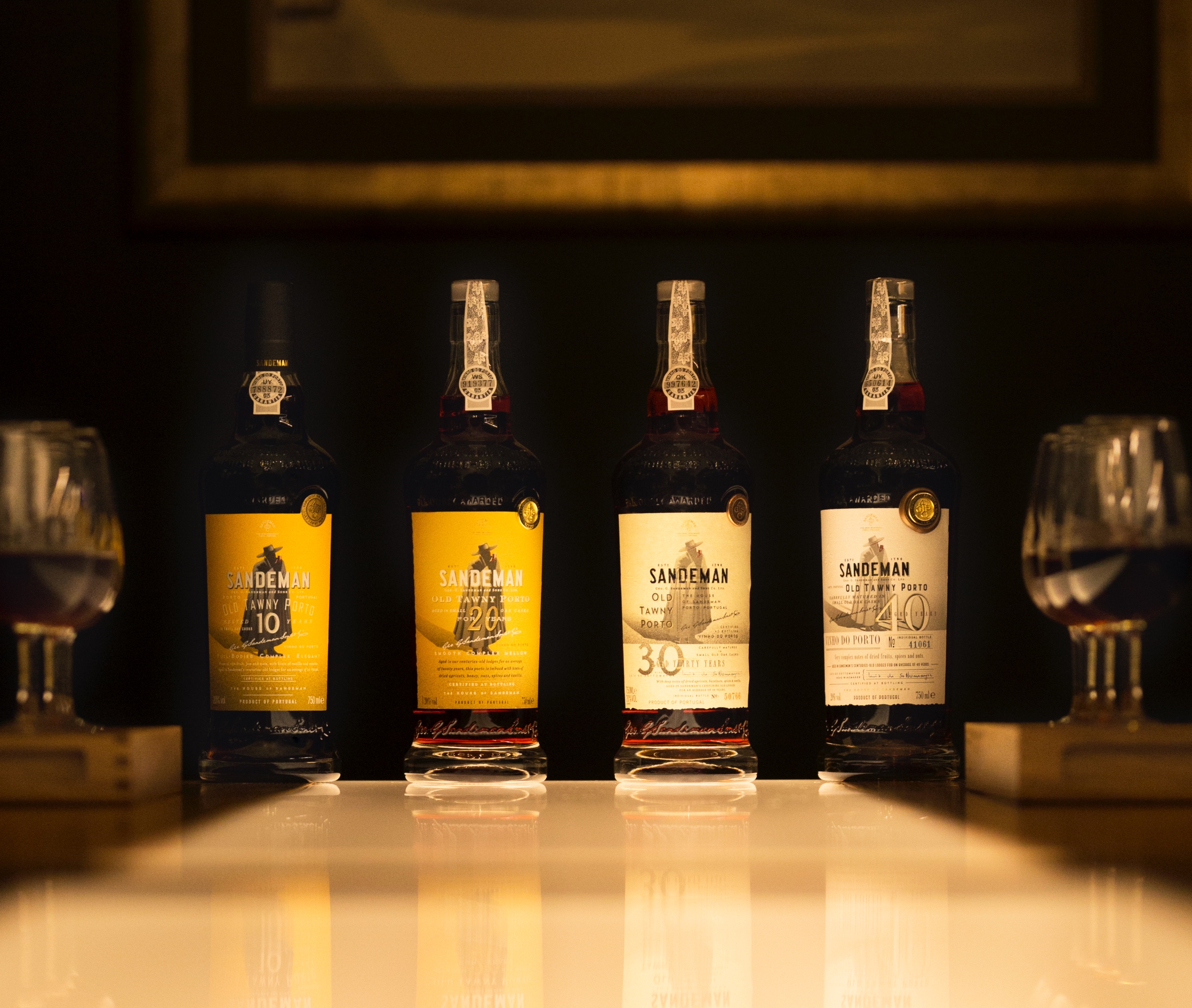
“To create such diverse flavors, it all starts in nature,” Luís says. “The essence, again, is in the grapes. We have a deep knowledge of our grape varieties and which ones, according to where they are planted, best suit each style of Port.
“Once the wine is produced, per our experience and long years tasting and blending, we know how to work and age them while keeping faithful to the house style.”
You may also enjoy: Never fluster at the dinner table again with this Insightful wine pairing guide
Adaptation keeps Sandeman at the top
“We apply the knowledge, heritage and expertise that has been passed on from winemakers and master blenders to the next generations and take advantage of new and more modern winemaking techniques. We respect the past, but we’re always looking to do things better!
“Sandeman has also come a long away, and we are dedicated to evangelizing the Port Wine perception and consumption. This has been through promoting its different styles in a more approachable way, calling for new and younger consumers, while presenting new ways of enjoying – cold, chilled, with ice, mixed with other drinks and even on the go with the newest ready to drink Portonic. We also create new wine references to conquer new tastes – Sandeman Beat is a good example here.”
You may also be interested to read: 10 Must-Have Traditional Portuguese Foods to Try on Your Next Trip
Top tips for Port tasting – the ultimate experience
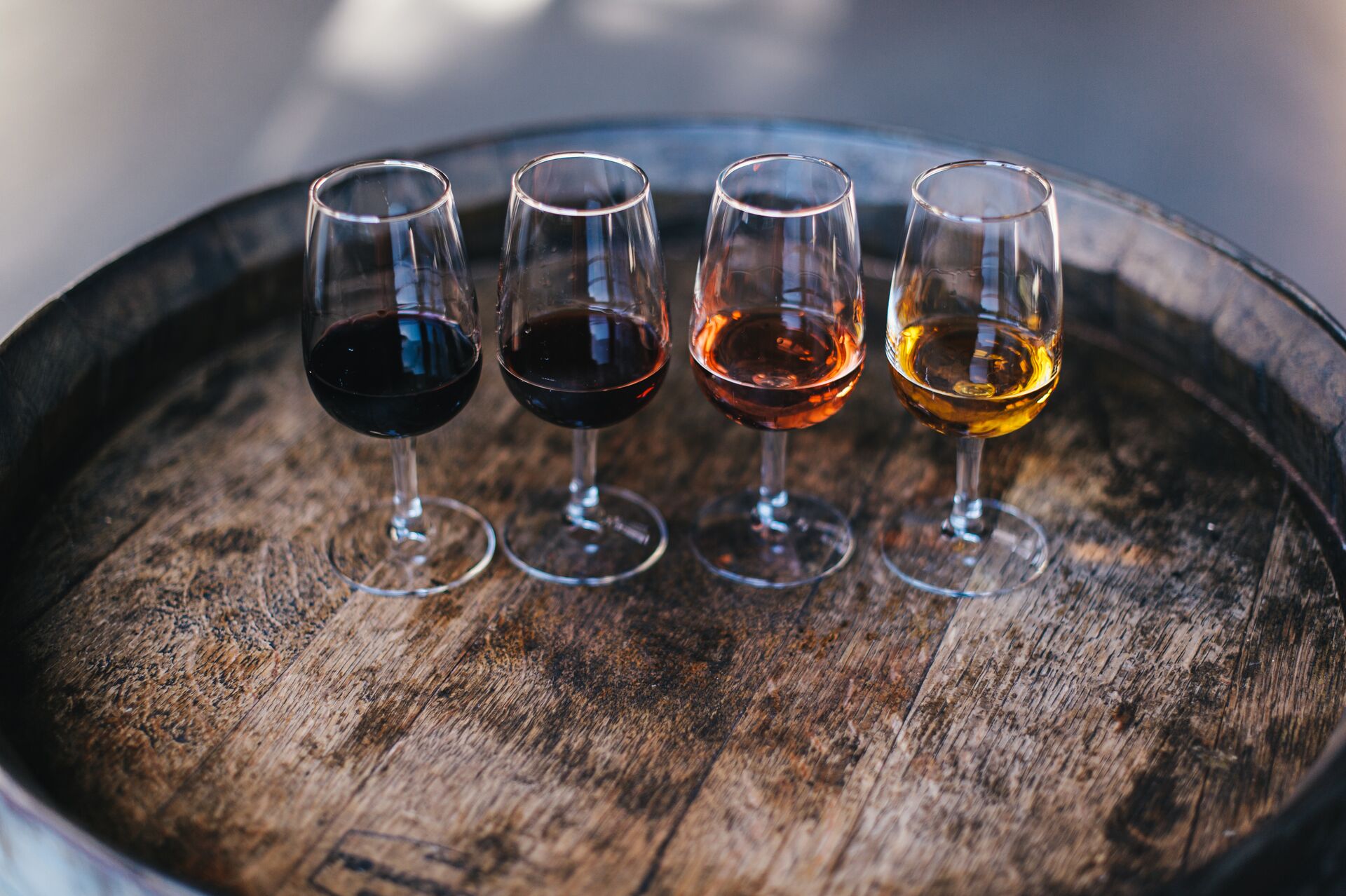
Just outside the city, you’ll discover the numerous wine cellars of Vila Nova de Gaia, where Sandeman is one of the most prominent associated names. Here they age and store their Port Wine. Walk along corridors of casks, get to know their Tawnies and Vintages and taste some of their finest.
When asked for some tips, Luís tells us “To taste Port Wine is not much different than still wines. A kind of surprising tip for some is to drink it chilled, on the rocks or even by mixing it with ice, tonic water, and lemon – this last more with the whites and rosés.
“In a more serious or formal tasting, we must observe color first, then the aroma and taste. While tasting it will be evident the higher level of alcohol, but if served at the correct temperature, it will be a quite pleasant experience overall.”




